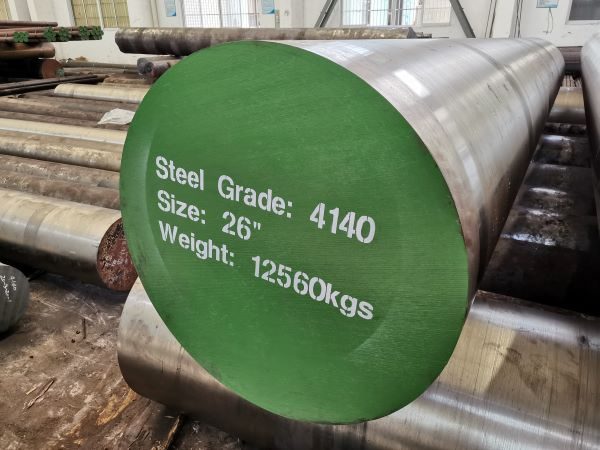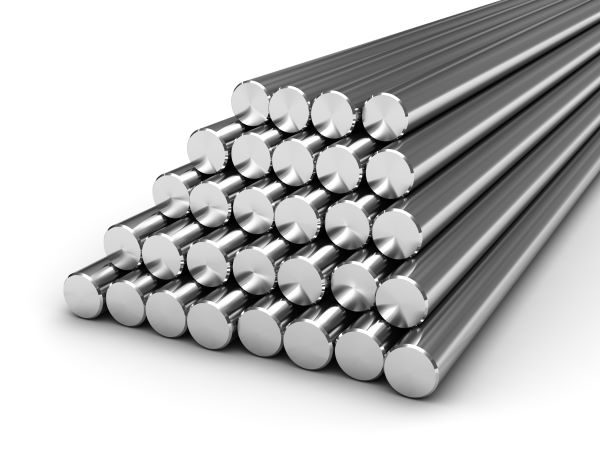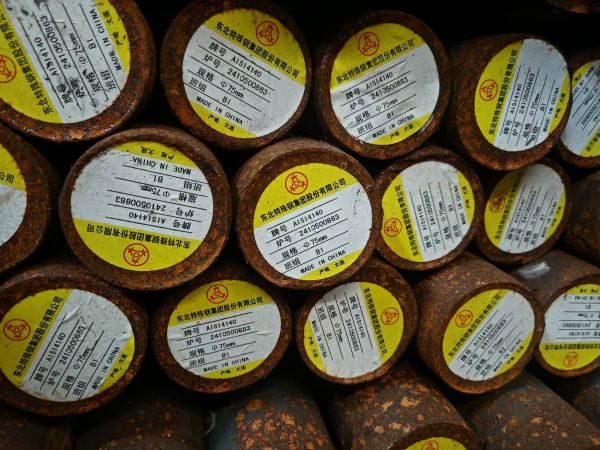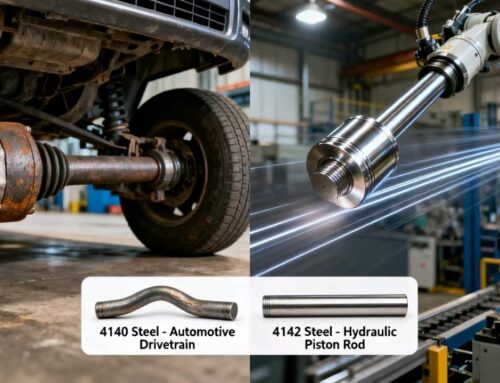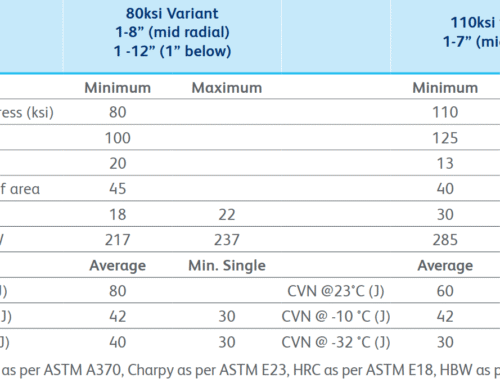Die forging and free forging are two main forging processes for metal plastic forming. They have significant differences in forming methods, process characteristics, and application scenarios. The following will conduct an in-depth comparative analysis of 4110 die forging and 4140 free forging from key aspects such as process flow, performance impact, cost-effectiveness, and applicable scenarios.
1. Technical Principle & Process Flow
Die Forging
- Principle: Place the heated metal blank in the pre-designed die cavity, and apply external force through a press or forging hammer to fill the die cavity with metal for forming.
- Process:
Blanking → Heating → Pre-forging → Final forging → Trimming → Heat treatment → Finishing
Free Foring(Open Die Forging)
- Principle: Without using a closed die, the metal blank is partially or completely plastically deformed through the impact force or pressure of the forging hammer or press, in conjunction with the operator’s tools (such as anvil, punch, etc.).
- Process:
Blanking → Heating → Drawing/Upsetting/Punching/Bending → Correction → Heat Treatment → Rough Machining
2. Comparison of 4140 Steel Forging Process Flow
| Project | Die forging | Free forging |
| Forming method | Metal is formed under high pressure in a closed die, and the shape is controlled by the die | Metal is freely deformed by hammering or pressure, relying on operating technology |
| Precision control | High precision, small dimensional tolerance | Low precision, large margin |
| Material flow line | Continuously distributed along the contour of the part, optimized mechanical properties | Uneven flow line distribution, may be anisotropic |
| Applicable batch | Mass production | Small batch or single piece production |
3.4140 Steel Performance & Organization Influence
Advantages of 4140 steel die forging:
- High density: defects such as pores and shrinkage are reduced under high pressure, and the organization is more uniform.
- Excellent mechanical properties: streamlines are distributed along the force direction, and fatigue strength is increased by 20%-30% (refer to experimental data).
- Surface quality: near net shape can be directly obtained, reducing subsequent machining.
Limitations of 4140 steel free forging:
- Uneven deformation: residual stress is easy to generate, and subsequent heat treatment (such as normalizing) is required to improve.
- Anisotropy: transverse mechanical properties may be weaker than longitudinal (toughness difference can reach 15%-25%).
- Risk of grain coarsening: multiple heating leads to grain growth, and the final forging temperature needs to be controlled (recommended below 850℃).
4. 4140 Steel Cost & Efficiency Analysis Between Die Forging and Free Forging
| Dimension | Die forging | Free forging |
| Mold cost | High (mold design and manufacturing account for 50%-70% of the initial cost) | No mold cost |
| Unit cost | Low (large batch) | High (manual and material waste) |
| Material utilization rate | 85%-95% (near net shape) | 60%-75% (large margin required) |
| Production cycle | Long (mold preparation takes 2-4 weeks) | Short (no mold required, immediate production) |
5. Recommended Applicable Scenarios
Conditions for selecting 4140 steel die forging:
- Large batch: standardized parts such as automobile connecting rods and gears.
- High precision requirements: aircraft engine blades, precision transmission parts.
- High performance requirements: 4140 steel parts that need to withstand alternating loads (such as crankshafts).
Conditions for selecting 4140 steel free forging:
- Customization requirements: single large forgings (such as marine shafts).
- R&D trial production: prototype verification stage, to avoid mold investment risks.
- Complex heat treatment requirements: oversized parts that require multiple intermediate heat treatments.
6. Summary of Comprehensive Advantages & Disadvantages
| Process | Advantages | Disadvantages |
| Die forging | High efficiency, high precision, high material utilization, stable performance | High initial cost, complex die design, low flexibility |
| Free forging | Low initial cost, strong adaptability, suitable for oversized parts | High material waste, poor consistency, reliance on manual experience |
7. Conclusion & Recommendation
- Prioritize die forging: If the production scale is ≥1000 pieces and the performance consistency is pursued, the comprehensive benefits of die forging are better.
- Choose free forging: It is suitable for single piece/small batch, super large size or fast iteration scenarios, and the performance shortcomings need to be made up by optimizing the forging process (such as multi-directional forging).
- Special considerations for 4140 steel: Its high hardenability requires strict control of the final forging temperature (recommended 750-900℃) and subsequent quenching and tempering treatment (quenching + tempering), and die forging is easier to achieve process stability.
Through the above analysis, users can reasonably choose die forging or free forging process according to production scale, performance requirements and cost budget to maximize the comprehensive value of 4140 steel parts.
Interactive topic: 4140 die forging and 4140 free forging, which one would you choose? Welcome to discuss with us

